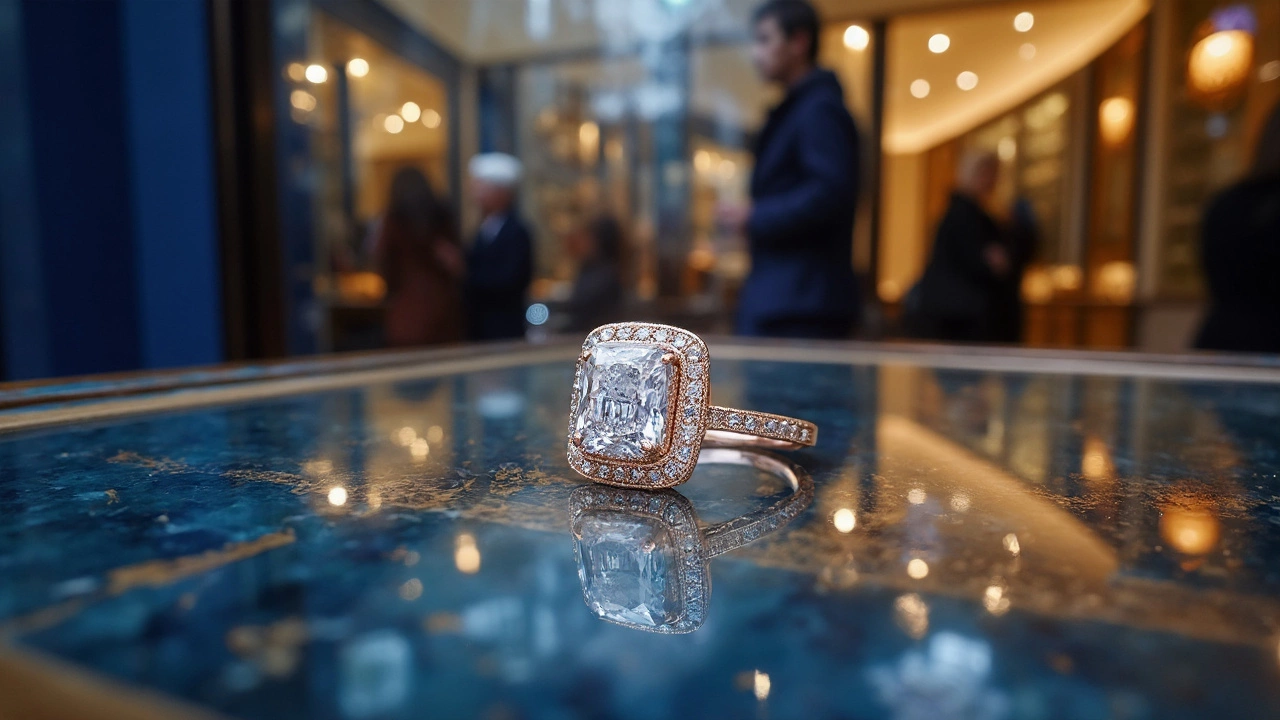Engagement Ring Cost: What You Need to Know
Thinking about buying an engagement ring can feel overwhelming. The price tags vary wildly, and you might wonder if you’re paying too much. The good news? You can understand the numbers, set a budget that feels right, and still get a ring you love.
First, decide how much you’re comfortable spending. A classic rule of thumb suggests two or three months’ salary, but that’s just a guideline. Your budget should match your financial situation, not a myth you heard from a friend.
Main Factors That Influence Price
Most of a ring’s cost comes from the diamond or gemstone. Carat weight, cut, color, and clarity – the famous 4Cs – each add a chunk to the total. Bigger carat weight usually means a higher price, but a well‑cut stone can sparkle more than a larger, poorly cut one.
The metal you choose matters too. Platinum looks sleek but costs more than gold or palladium. White gold, yellow gold, and rose gold all have different price points, so pick the one that fits your style and budget.
Design complexity also adds up. A simple solitaire is often cheaper than a halo setting with extra side stones. Custom work, engraving, or special heritage designs can drive up labor costs.
Finally, where you shop plays a role. Boutique stores may offer personalized service, while online retailers often have lower overhead and can pass the savings to you. Compare a few sources before committing.
Smart Ways to Save on Your Ring
Look beyond the traditional 1‑carat diamond. A 0.8‑carat stone with excellent cut can rival the brilliance of a larger, lower‑quality gem. The cut is the most important factor for sparkle, so give it priority.
Consider slightly colored diamonds. Near‑colorless stones (ratings like G‑I) often look just as white as the pricier D‑F range, but they cost a fraction of the price.
Choosing a different metal can shave off hundreds of pounds. 14‑karat gold offers durability and a rich look without the premium that comes with platinum.
Buy from a reputable online retailer that provides certification from an independent lab, such as GIA or IGI. Certification guarantees you’re getting what you pay for and can help you negotiate price.
Don’t overlook vintage or pre‑owned rings. Estate jewelry can have unique designs and high‑quality stones at a lower cost. Just make sure a professional evaluates the setting for any needed repairs.
Remember, the ring is a symbol, not a status badge. Focus on what makes you and your partner happy, not on impressing others.
Once you’ve narrowed down options, ask for a detailed breakdown of costs. Understanding the price of each component helps you see where you can adjust without compromising the overall look.
Finally, set aside a small buffer for resizing or future maintenance. Most rings need a tweak after a few months, and a tiny extra budget saves surprise expenses later.
By knowing the price drivers and using smart buying tactics, you can find a beautiful engagement ring that fits both your heart and your wallet. Happy hunting!
Is $1000 Enough for a Wedding Ring? Real Costs and Smart Choices in 2025
Is $1000 enough for a wedding ring? Yes-with smart choices like lab-grown diamonds, moissanite, or vintage settings, you can get a beautiful, lasting ring without overspending. Real couples are doing it in 2025.
Read moreIs $20,000 a Lot for an Engagement Ring? Let's Dive Deep
Engagement rings often come with hefty price tags, but is splurging $20,000 worth it? In this article, we evaluate what that amount can get you in terms of size, quality, and brand. We also discuss alternatives that won't break the bank and what factors should guide your budget. Whether you’re a traditionalist or love blazing your trail, we've got insights to help you weigh your options.
Read more
